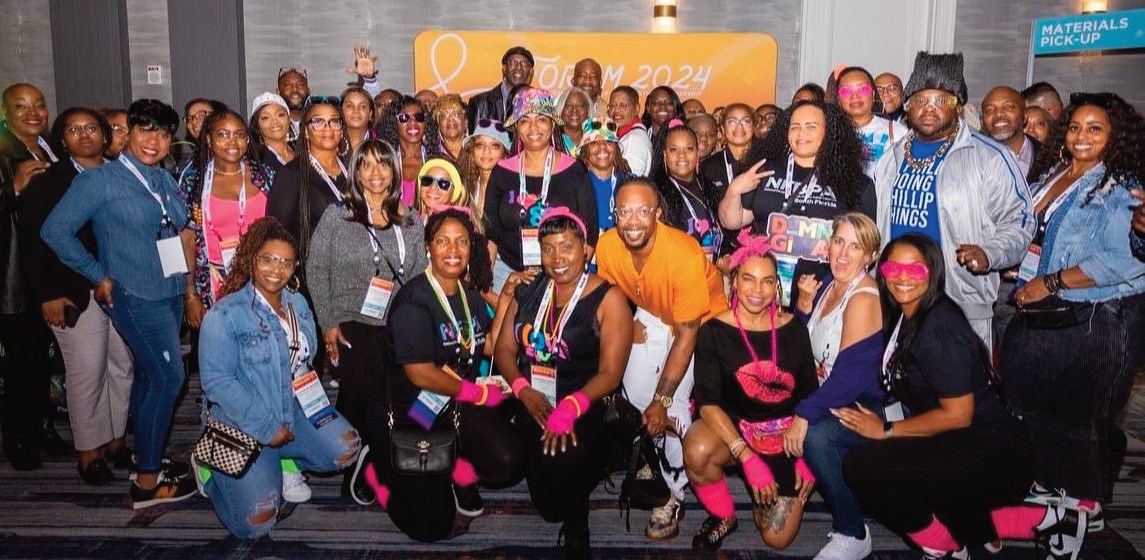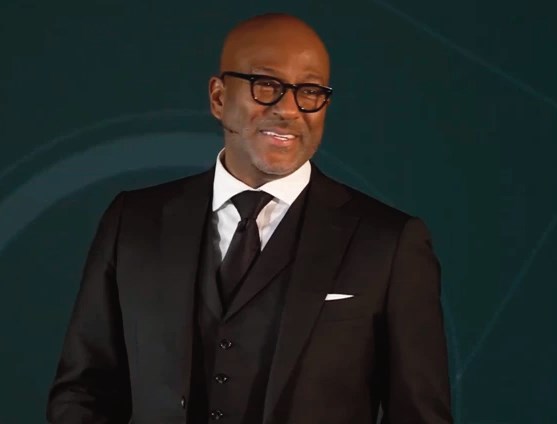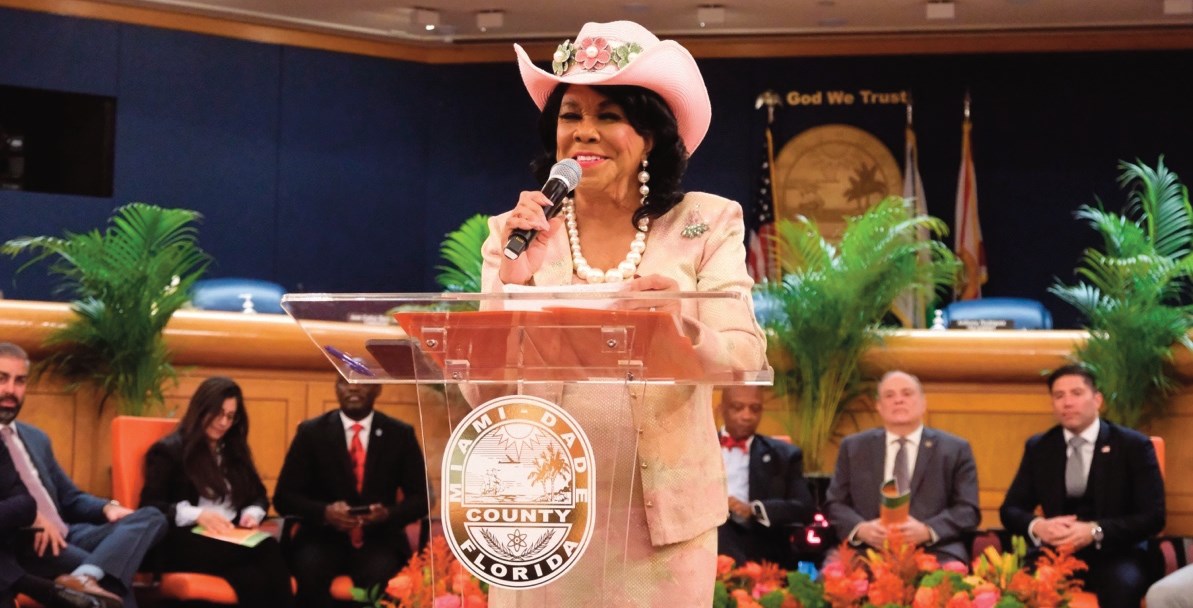 LAS VEGAS (AP)— In the not-so-distant future, couch potatoes will be waving, pointing, swiping and tapping to make their TVs react, kind of like what Tom Cruise did in the 2002 movie Minority Report. That’s the vision of TV manufacturers as they show off “smart TVs.
LAS VEGAS (AP)— In the not-so-distant future, couch potatoes will be waving, pointing, swiping and tapping to make their TVs react, kind of like what Tom Cruise did in the 2002 movie Minority Report. That’s the vision of TV manufacturers as they show off “smart TVs.
The sets will recognize who’s watching and will try to guess what viewers want to see. They’ll respond to more natural speech and will connect with your smartphone in a single touch.
The idea is to make TV watching easier and more pleasant as viewers are confronted with more and more choices — from the hundreds of live TV channels from the cable or satellite provider to online video services such as Netflix Inc., Hulu and Apple’s iTunes. A traditional
remote control that lets you flip through channels one at a time.
Samsung President Boo-Keun Yoon says the company is developing “TVs that have the power to create the ultimate lean-back experience.”
But don’t worry about “Big Brother” looking back at you. Manufacturers such as Samsung Electronics Co. will allow motion-capturing cameras to be pointed away.
TO SWIPE OR NOT
Gesture recognition still has a long way to go, and in some demonstrations during the recent International CES show in Las Vegas, voice commands got lost in translation.
At a crowded Samsung booth, one attendant demonstrated how hand gestures were used to play simple kids’ games. Raising her hand brought up an
on-screen cursor. Grasping the air was equivalent to clicking on what her digital hand was hovering over.
However, when she tried the same gestures on a menu of TV-watching options, the TV didn’t respond well. When she tried to give a kind of sideways wave — like Queen Elizabeth greeting her subjects — the page didn’t swipe to the left as it should have.
The technology appeared less responsive compared with the Xbox 360’s Kinect motion-control system, which seems to do a much better job at swiping through menus.
Later, in a quiet, enclosed Samsung booth, the TV struggled to comprehend voice commands. The TV was asked, “find me a movie with Tom Cruise,” and correctly pulled up an online trailer of his latest movie, Jack Reacher. The system was then asked to “find me dramas.” The command “Number 3” was given to choose the third option in the results, but the TV instead started a new search and offered a range of viewing options for “Sommersby.”
SAFEGUARDS
There are some safeguards in place so that the TV wouldn’t misinterpret casual conversations or gestures as actual commands. You’d need to press a button before giving a voice command, and you’d need to stand still for a few seconds and raise one hand before an onscreen cursor would appear for gesture commands.
Paul Gagnon, a TV analyst with research firm NPD Group, said these technologies are still in their early days.
“Most interaction I’ve had with gesture and voice control … it’s not real great right now,” he said. “Right now, a lot of people in the industry are just trying to explore the possibilities.”












No Comment